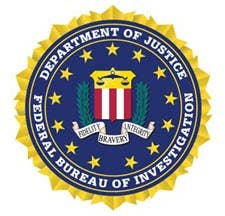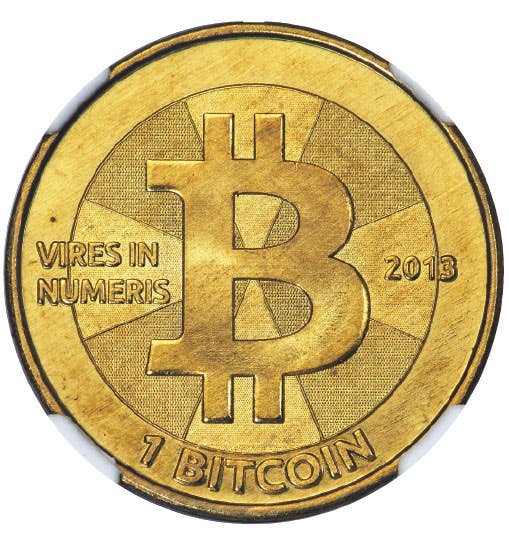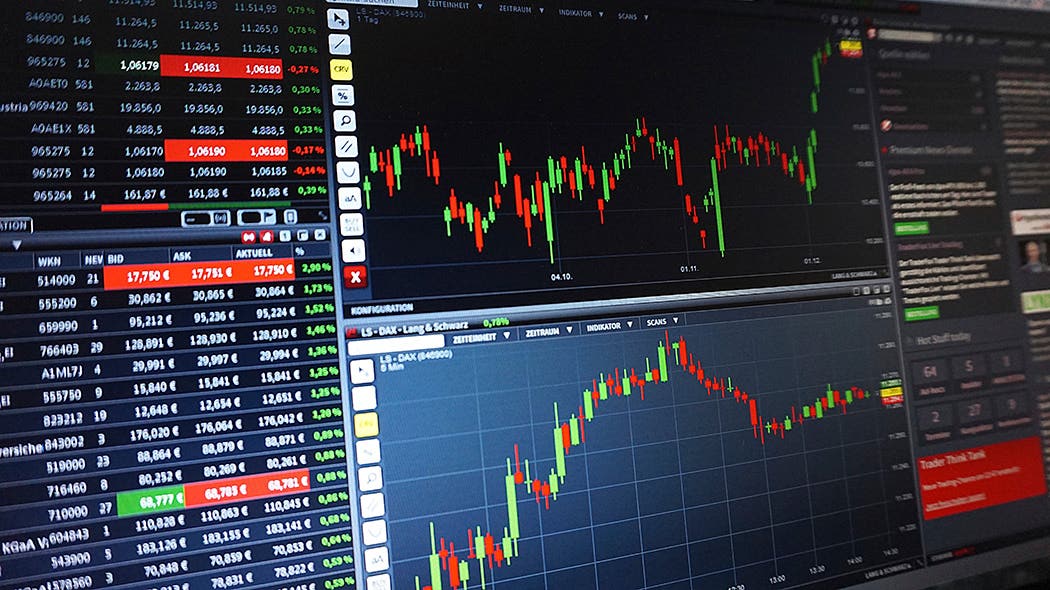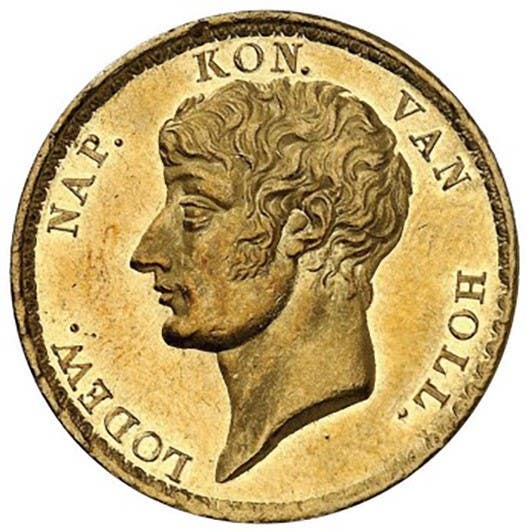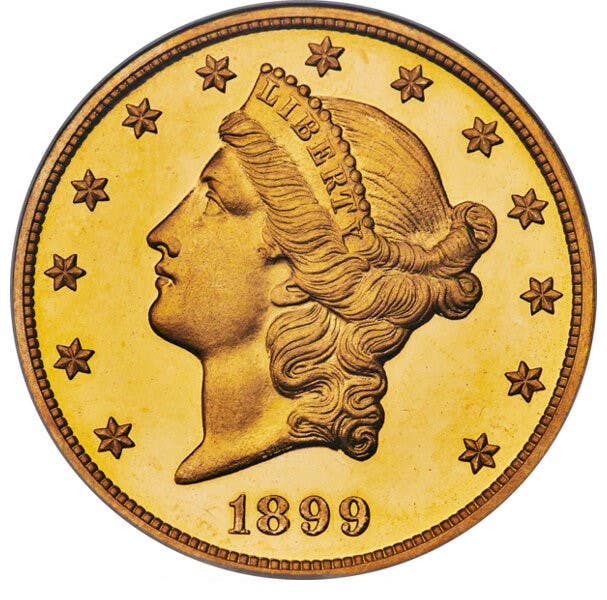Memorial cent was big deal in 1959
Make no mistake about it, Lincoln Memorial cents thanks to errors, composition changes and an assortment of interesting coins have a lot more to offer than many might expect.
Make no mistake about it, Lincoln Memorial cents thanks to errors, composition changes and an assortment of interesting coins have a lot more to offer than many might expect.
The Lincoln Memorial reverse was much bigger news at the time it was created in 1959 than we might expect today. It was a time when the Lincoln cent was clearly the leading set in terms of collector popularity. There were countless numbers of “baby boomers” like me starting to collect coins and the coin they were collecting was the Lincoln cent.
Anything having an impact on cents was going to be noticed by large numbers of collectors – especially a change in design.
The change in the design was fascinating and exciting for many at the time even if it did not get particularly good reviews from the art critics. In fact, it was not really the work of Frank Gasparro that was at fault. The cent is simply too small to really bring out details in something like the Lincoln Memorial.
I can remember at the time pulling out magnifying glasses simply to try to make out the famous statue of Lincoln, which we knew should be in there somewhere. The word “trolley car cent” was used derisively at the time, but frankly that did not register with many of us youngsters as in our small towns we had never seen a trolley car. We simply knew it was a new and exciting Lincoln cent although perhaps not a perfect design.
One of the things that was to prove interesting about the whole process is that it turned out that changing the reverse on the Lincoln cent was the most dynamic thing that would be done for decades when a coin design turned 50. The Secretary of the Treasury simply ordered the change and he was perfectly within the law as it only required 25 years before a design can be changed without consulting Congress. The Congress today is much touchier and the Virginia congressional delegation has a permanent hold on the Monticello reverse of the nickel.
But back when the Memorial cent was under consideration, the secretary of the Treasury just ordered the change and while ironically we do not think of dynamic decisions by being made by cabinet members in the Eisenhower Administration.
The fact is that since the decision, the Washington quarter and Jefferson nickel each turned 50 with absolutely nothing special being done. The Roosevelt dime also turned 50 and that produced a special production of a Roosevelt dime at West Point, but realistically generations of secretaries of the Treasury have had the chance to do something to change coin designs and none has acted without Congress since 1959.
It is hard to determine just how much impact the new Lincoln cent had at the time except to suggest it was considerable primarily because it was the cent. A change in the quarter would have not been greeted by collectors with as much interest simply because far fewer of us collected the quarter. It was a lot of money to my 10-year-old self. In the case of a Lincoln cent however, young collectors wanted not just one or two examples but whole uncirculated rolls from Philadelphia and Denver.
We can see at least some indication of the interest that is reflected in the sales of special sets in 1959. The proof set sales went from 875,652 in 1958 to 1,149,291 in 1959 and that is a substantial increase in one year. Mint set sales rose even more, going from 50,314 in 1958 to 187,000 in 1959, and you do not see mint set sales more than triple normally unless something very special is happening and the only thing very special happening in 1959 was the new Lincoln cent reverse.
People at the time weren’t stupid. They were realistic. Everyone knew that with the additional demand and additional saving by collectors, the new Lincoln Memorial reverse cent was not going to be tough or valuable. The mintages confirmed what we already knew as the Philadelphia total was 610,864,291 while the Denver total was 1,279,760,000. I remember at the time such numbers translated into making a new 1959 Lincoln cent was available for almost everyone on the planet.
Collector enthusiasm was very real, but normally the interest in a new design fades rather quickly. That was not the case with the new Lincoln Memorial reverse simply because of something that was spotted on the obverse in 1960. The date was modified in 1960 and that produced a variety with a smaller upper neck on the numeral “6.” The so-called small date was produced both at Philadelphia and Denver.
If you look at the prices of the 1960 small dates today, they don’t really tell you of the impact on the small date if you look just at MS-65 prices. In fact, the MS-65 prices are so similar, today’s collectors probably wonder what the big deal was. The only real clue is provided by the MS-60 1960 small-date price of $3, as compared to 20 cents for the large date. That 15 times differential is what the whole market was looking at in 1960.
With the small-date Philadelphia in MS-65 now at $12 while the Denver small date is $10, the large dates in the same grade are actually the same or higher.
The prices today fail to capture the spirit and excitement of the time. It has to be remembered that back in 1959 checking your change was a treasure hunt. Almost every collector with good reason seemed to feel that there were potentially valuable coins just waiting to be found. We would go through roll after roll of Lincoln cents in the hope of finding a 1909-S VDB, but would settle for a 1912-D, or something else as evidence that there were still great coins waiting to be discovered if we only worked a little harder.
It also has to be remembered that some of the best coins to be found were actually not old. The 1950-D Jefferson nickel in 1959 and 1960 was still a sensation. People were looking high and low for examples of the 1950-D and they could not be found, so its price was near $6 in uncirculated, and for a coin that in theory could be found in circulation, that was a fortune.
Even less time in the past there had been a great deal of interest in the coins of 1955 as the San Francisco coins were supposed to be the final ones to be produced there. That made them special and the 1955-S cent was the lowest mintage cent since the 1930s and not easy to find at all even though it was practically new. As if that was not enough, a 1955 doubled-die obverse cent was discovered and that excitement was still very much alive in the minds of collectors in 1960. It was amazing as there had previously been relatively little interest in errors, but the 1955 doubled-die obverse in many minds was the “perfect error” as it was easy to spot with a doubled date and IN GOD WE TRUST. It was easy to spot, but not many had the chance as it was rare and it started soaring in price to a point where it looked like it might really rival the famous 1909-S VDB.
Coming right after the 1955 doubled-die obverse the 1960 small-date Lincoln cents might have been hyped a bit. Everyone at the time seemed to honestly believe that finding valuable coins in circulation was normal and when some started suggesting that the 1960 small dates might actually be in the same league as the 1955 doubled-die obverse that did not seem so unusual. In fact for a time, many of us probably felt this could be a possibility. In the end, that would not be the case, but this was 1960 and there were objects passing over us in the night sky that had been launched by rockets. There were TV sets where the picture was actually in color. It was a time when almost anything seemed possible. As it turned out, the 1960 small dates did not quite live up to our hopes of paying for college or World Series tickets, but they did keep the interest in Lincoln cents high for a couple extra years.
As it turned out, the 1960 small dates would actually be the first of a number of date modifications in the cent. The Mint would almost routinely produce large and small dates. That would happen again in 1970 and again in 1982, and although there would be promotions of, and speculations in, the other dates, it would not be quite as intense as the speculation was back in 1960 and that is ironic as the 1970-S small date is now $75 in MS-65, which is far more than even the Philadelphia proof 1960 small date. Apparently, those of us in 1970 were just too cool to collect many of the newer small dates.
The interest in cents at the time would generally reflect the interest in coin collecting and that means it was strong through 1964. The decision to eliminate mintmarks in 1965, which was a deliberate attempt to discourage coin collecting, would succeed in doing exactly that and as the most heavily collected coin at the time, it would take an especially heavy toll on interest in Lincoln cents.
There were no mintmarks for three years long years and that is not a long time for adults, but to young collectors it can seem like an eternity. Moreover, the heart and soul of collecting from circulation was finding dates that were tougher. Those dates were almost always from San Francisco or Denver, and the idea of no mintmarks meant the mintage of Denver and Philadelphia were combined, making one very large total. There was simply no way such dates would ever be better and that certainly hurt interest.
There would never be a good time for no mintmarks, but coming at the same time as eliminating silver from the dime and quarter and reducing it to 40 percent in the half simply compounded an already bad situation. It was not overlooked as well that the Lincoln cent had also had a composition change in 1962, which saw tin being eliminated, making the composition .950 copper and .050 zinc. While it was not a major change, it had to raise questions about the Lincoln cent and its future in the minds of those paying close attention.
The alloy questions continued to come up, with the most interesting situation having been the one in 1974. As usual, the cost of copper was threatening to turn the Lincoln cent into a coin being producing at a loss. The proposal at the time was to make an aluminum alloy and the Mint jumped the gun, making 1,579,324 aluminum 1974 cents before there was any congressional approval of a composition change. As it worked out, that approval would never come, but in the process of showing the new aluminum cents to Congress, a few got out and that put the legal status of those few 1974 aluminum cents in question.
To date, one has been graded and the discussion is going on in the hobby as to whether the 1974 aluminum cents, while technically patterns and not cents as they were never approved, are legal to own or not. So far there has been no official seizures of stray aluminum cents, but that could change at any time.
There were no such problems in 1982 as a strong copper market forced a change that this time Congress approved. The change to 97.5 percent zinc and 2.5 percent copper was not visible as would have been the case with aluminum and the new and old composition cents were both produced in 1982. There was another feature as there were small and large dates as well, making the cents of 1982 virtually a mini-collection by themselves. In all there are seven possibilities as well as a 1982-S proof-only from San Francisco, which is the most expensive of the group at $3 in Proof-65 while the small date from Philadelphia is $2 in MS-65.
The Lincoln Memorial reverse cents have also produced a surprising number of errors often in the form of doubled dies. It is pretty hard to rival the 1955 doubled-die obverse, but the 1972, which had doubling at IN GOD WE TRUST comes close. It was a sensation and had an interesting hoard that Q. David Bowers describes in his book American Coin Treasures and Hoards as Georgia coin dealer John Hamrick, who was driving around with some $50 bags of 1972 Lincoln cents in the trunk of his car, was a lucky winner as the bags contained thousands of the 1972 doubled die. With an estimated total of perhaps 20,000 pieces, it was a substantial hoard and at $800 today in MS-65 a valuable one especially when the bags had been purchased at regular 1972 prices.
Other doubled dies have included a 1983 that had a reverse doubling of UNITED STATES OF AMERICA and which is currently $400 in MS-65, while a 1984 with doubling of Lincoln’s ear is at $275.
The one that has lagged behind is the 1995, which saw substantial numbers coming from a couple dealerships, but it has shown signs of life and is $50 in MS-65. There was also a noteworthy proof error in the form of a no “S” 1990 in a few sets and that coin is $2,750 today.
The San Francisco Lincoln Memorial reverse cents are an interesting group as in theory there were not supposed to be any San Francisco coins after 1955. That changed in 1968 with proof-only dimes, quarters and half dollars, while a 1968-S cent was issued for circulation. That would continue until 1975 when the San Francisco cent also became just proof-only. The business strikes prior to that date all have lower mintages, although hardly enough to make them likely to command high premiums, but the amount of saving will prove to be interesting and the key factor as to whether the lower mintage San Francisco cents will command significantly higher prices or not.
The proof-only San Francisco dates since 1975 are a different matter. The cent was the last denomination to have proof- only San Francisco dates, but now there are 37 years of such dates, making them a collection by themselves. The proof-only cents are also included by many collectors in their regular sets and that demand can prove to be far more than the likely supply can handle as realistically the mintages are low and not only the owners of the proof sets where they are found have to be willing to break up the sets, so the supply of singles is safely lower than the mintage of proof sets.
We have seen the 1991-S, which was $2.75 back in 1998, rise to $5 while the 1988-S and 1989-S which were at similar low 1998 prices have risen to $4 and $6, respectively, after being higher in earlier years.
The 1997-S is up to $11.50 in Proof-65. There are other dates with low mintages, so the possibilities are many in the more than 30 years of proof-only singles. The situation is complicated by the fact that the cent is usually a small part of the proof set price. The decision to break up a set usually is based on the price of the half dollar and quarter. The cent at that point is of little concern and could be sold for low prices or perhaps even thrown into promotions by dealers. It makes for a number of possibilities, which could make some dates better or not as good as mintages suggest.
In the case of business strikes, there are also some potential surprises. Like other denominations especially after 1964, there was really very little saving of the Lincoln Memorial reverse cent. There was saving in 1982 because of the composition change and the small and large dates, but in most years there was simply no special reason to save a few rolls of cents. If you look at ads of dealers selling uncirculated cent rolls, you might be surprised and kick yourself for not tucking a few of them away each year.
The no mint set years of 1982 and 1983 are normally where we find better recent singles, but with the cent it would be limited to the 1983 with the heavy saving of 1982. The 1983 saving was almost certainly far less and we see higher 1983 prices such as $17.50 for a 1983-D uncirculated roll. The Philadelphia 1983 uncirculated roll is much less at $7.50 but even that price reflects a recent increase and if other denominations are any indication the 1983 Lincoln cent bears watching.
There have also been signs of life from other dates. The 1967 for example has gone from $1.25 for an uncirculated roll in 1998 to $4.50 today. The 1969 has also posted a gain moving to $7.75 per roll while the 1986 has been very interesting having had a premium price almost from the time it was released it has now moved to $20, up but behind the 1986-D, which is also better at $31.50 per roll. At $14.50 per roll, the 1984-D also has a large premium and with time and additional demand there could easily be others.
Remember, the copper-coated zinc alloy is hard to preserve over time and many of the coins get spotted as the years pass.
The Lincoln Memorial reverse cent, might seem like only proofs or errors are where the action is. That could change as the years pass and we discover just how scarce some dates turn out to be because of low collector interest when they were issued.
How that all comes together in the future will be a question that will be on the minds of many collectors who began their hobby experience with the denomination.
It is not impossible that we could see the Lincoln Memorial reverse cent rising in price and attention.
More Coin Collecting Resources:
• Subscribe to our Coin Price Guide, buy Coin Books & Coin Folders and join the NumisMaster VIP Program





